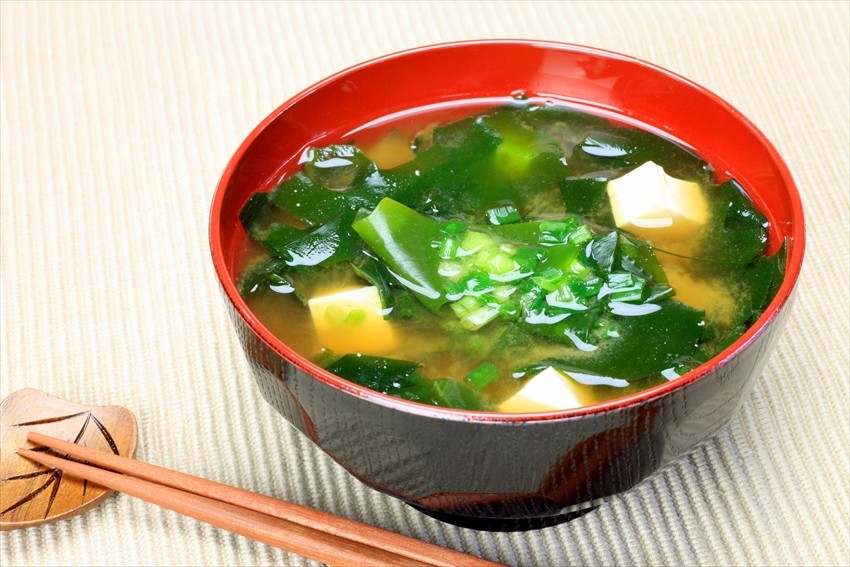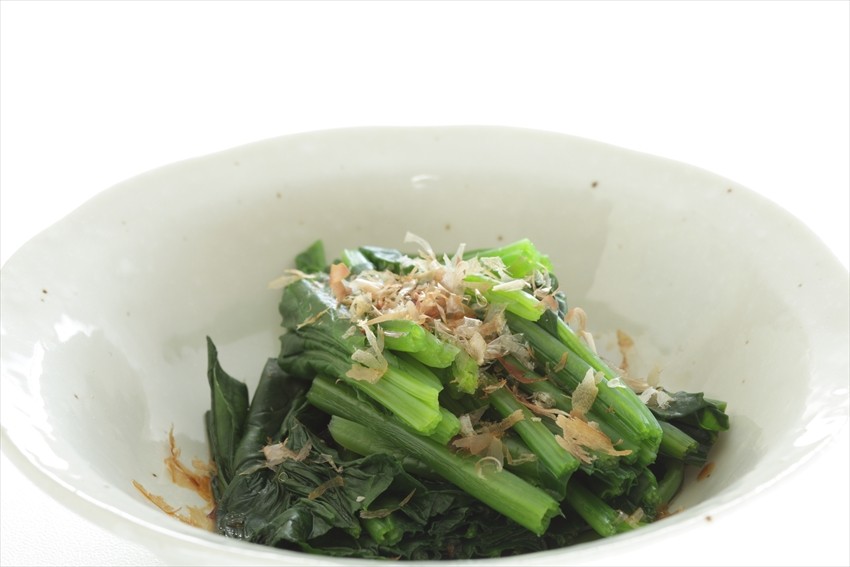In the previous article, we introduced the sticky foods natto, tororo, and okra. These three can actually contribute to health and longevity. This time, we will introduce sticky ingredients and in particular, vegetables that promote beauty. As we did previously, let's take a look at the reasons and effects of each ingredient.

Why is sticky food good for beauty?
The components of sticky food have an excellent water-holding capacity, and it is said that this helps in maintaining beautiful skin. It is also useful for activating cells and preventing aging.

Ashitaba
Ashitaba (literally "tomorrow's leaf") is a flowering herb native to Japan which is rich in B vitamins, potassium, iron and calcium. It got its name because "Even if you pick the leaf today, it will sprout out tomorrow".
It is famous among Japanese women as an antioxidant, that helps maintain eyesight maintenance, and for its skin-refining properties. The sticky, yellow sap has a high antimicrobial function and is well-known also as a revitalizer. It has been used since ancient times as a remedy and its efficacy is supported by the fact that it is often used as health food and supplements.
Ashitaba is best served added raw to soup but the leaves and stem can also be fried.

Tsurumurasaki
This vegetable (also known as Red Malabar Spinach), gets its name from the stems which are in purple color. It is said to be effective in preventing aging and suppressing frustration. It also contains 41mg vitamin C per 100g, which is good for skin care, 150mg of calcium in 100g which has the effect of calming feeling, and other nutrients such as vitamin A, potassium, magnesium, and iron.
The most common way of eating tsurumurasaki is to boil it, and then dress with Japanese seasoning.

Jew’s mallow
Jew’s mallow, also known as Egyptian spinach or Cleopatra's Secret, is a vital vegetable that is a source of jute fiber and originates from the Middle East. It has been grown in Egypt for over 5,000 years. It has long been recognized as preventing aging and osteoporosis and strengthening the immune system.
When the leaves are boiled and cut with a knife, a slimy liquid seeps out. It can be eaten in this form or can be put in a soup.
What do you think after reading this article? It seems like one of the secrets of the beauty of Japanese women may surprisingly be found in sticky food and ingredients, right?

Comments